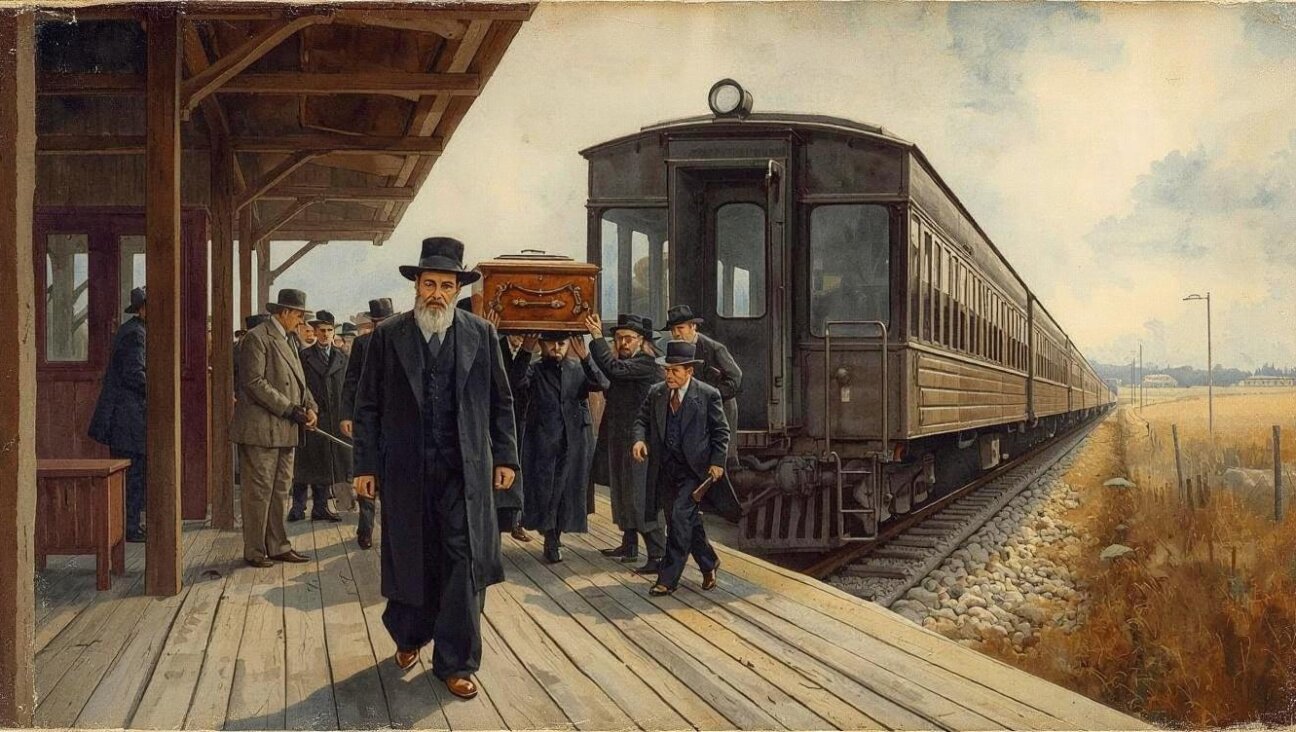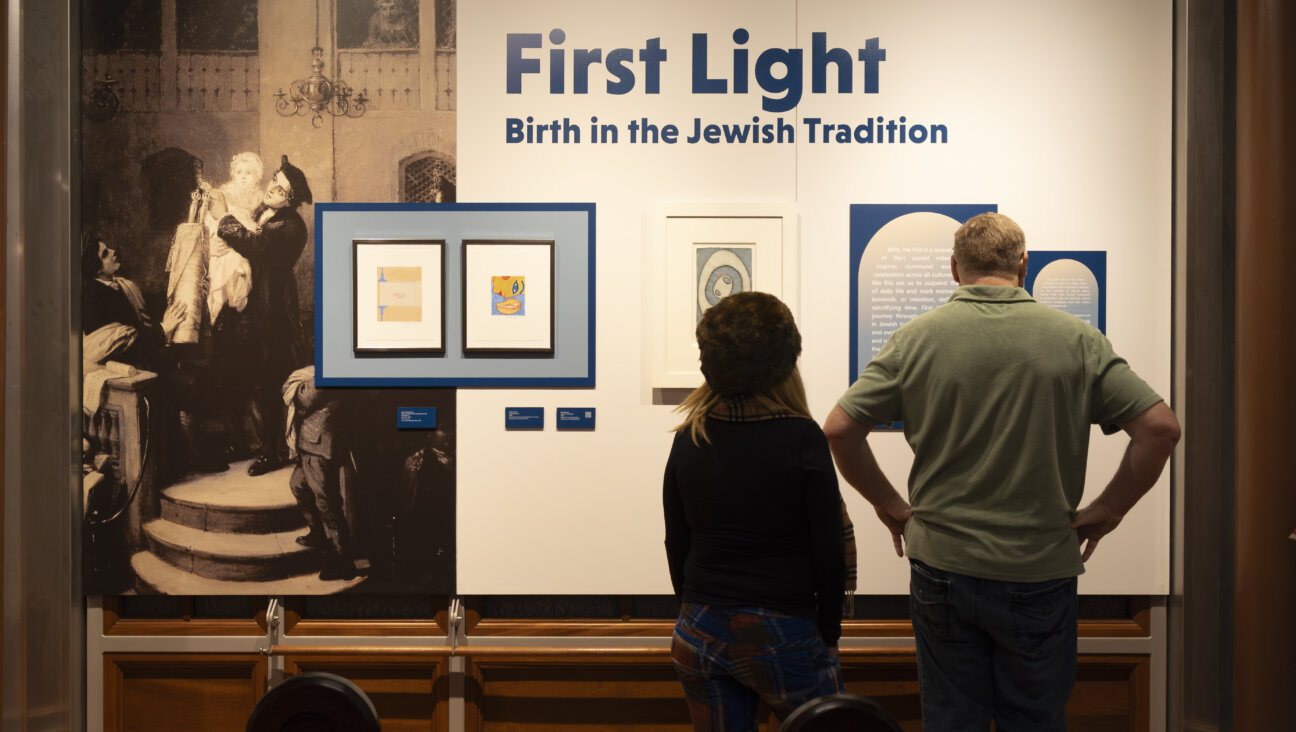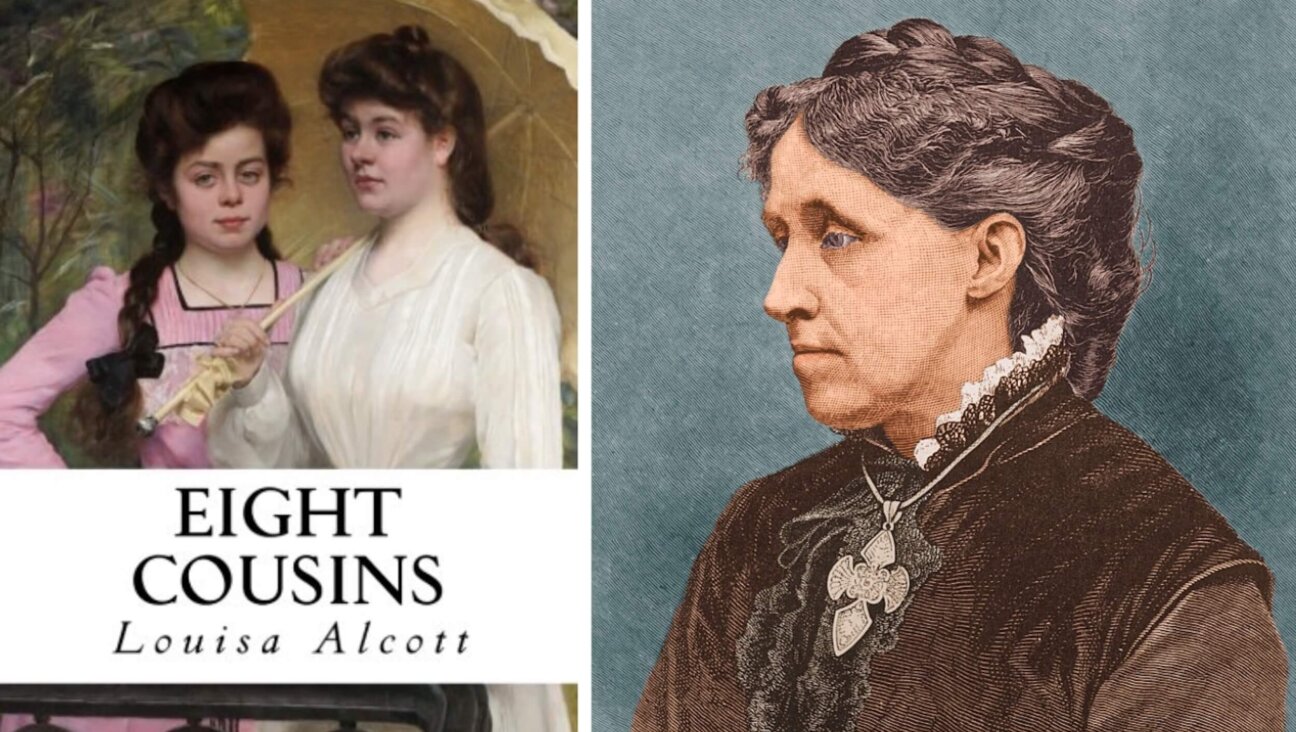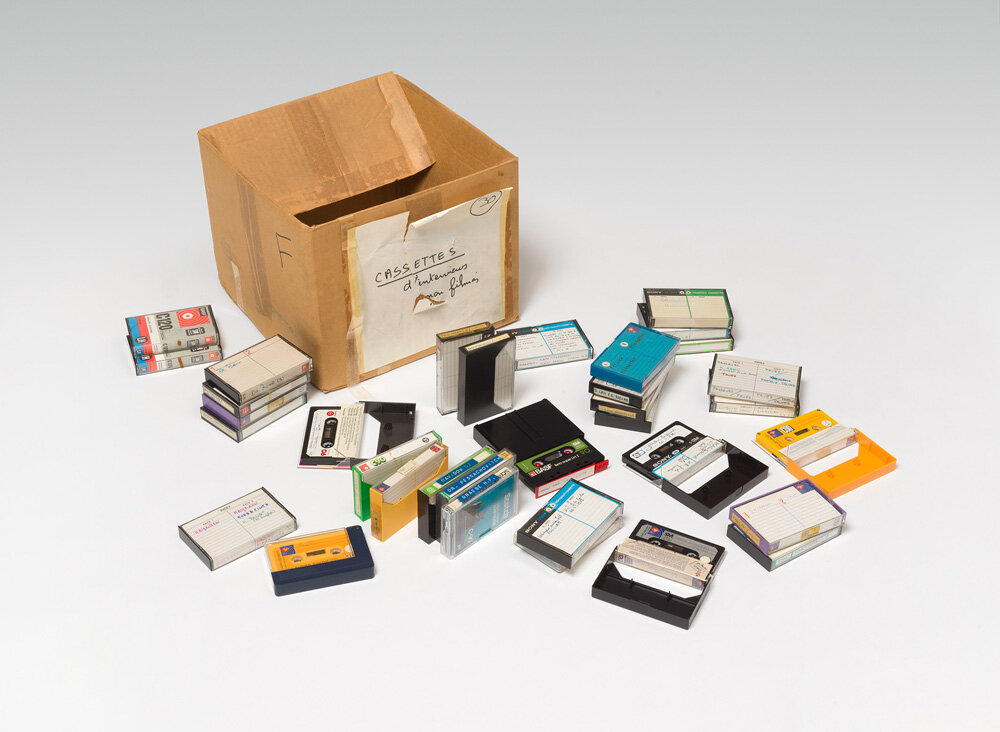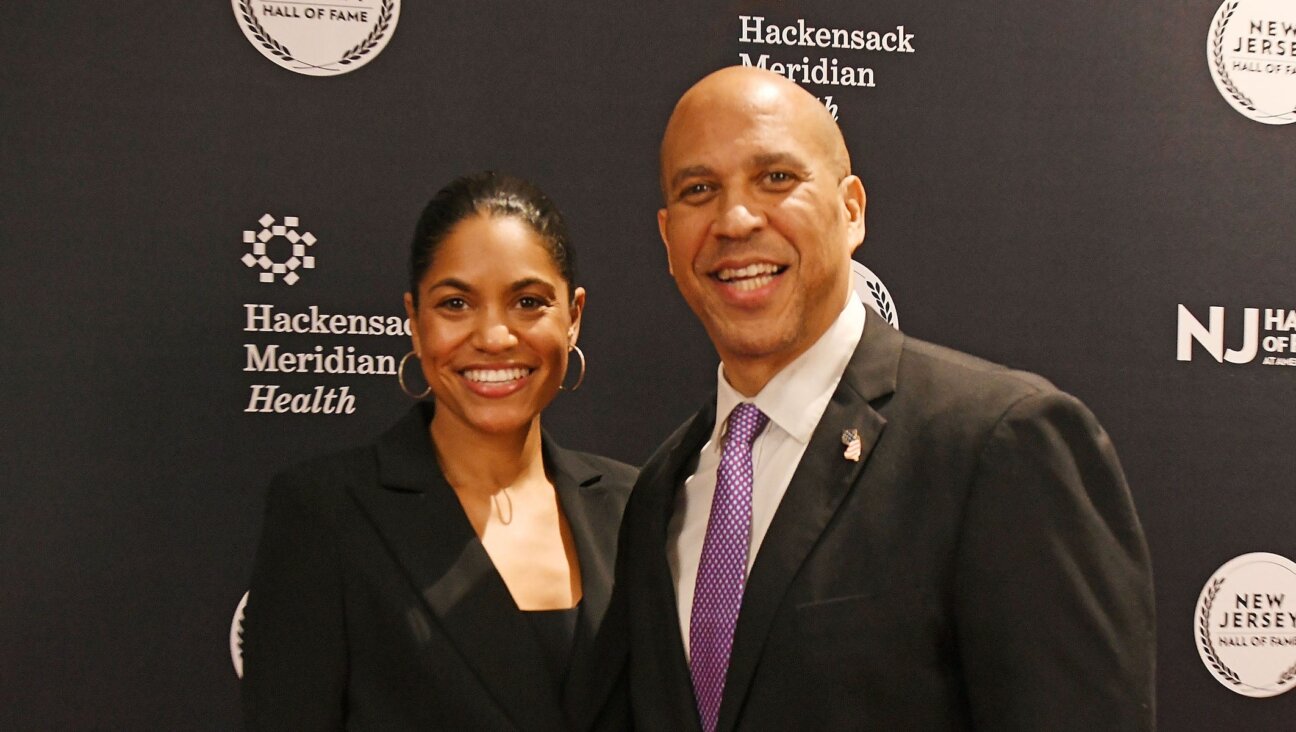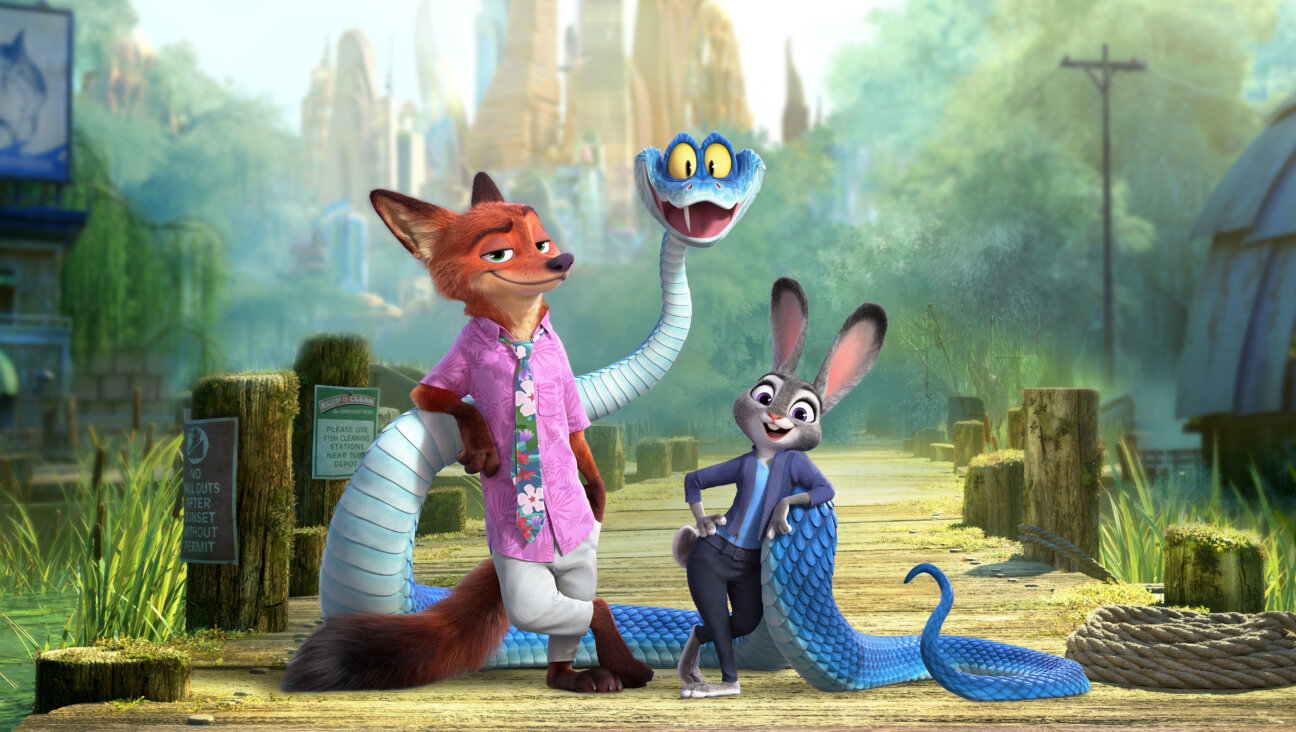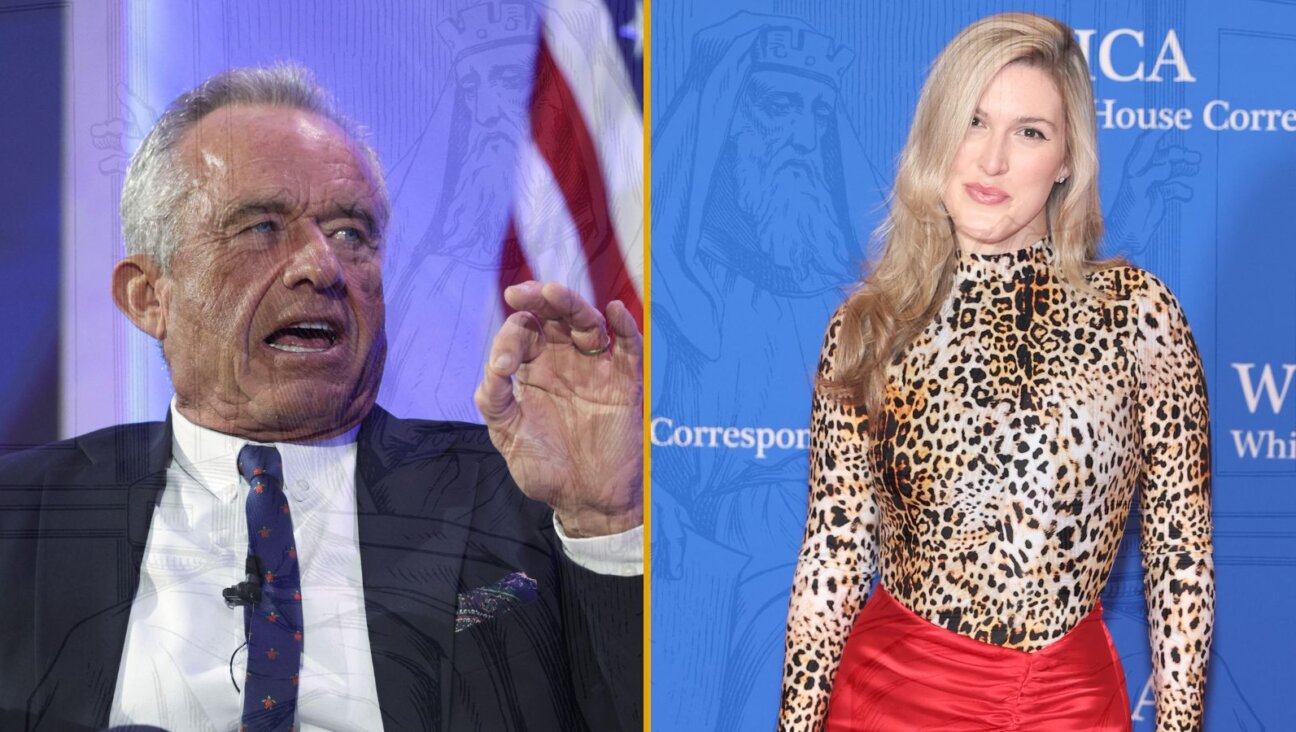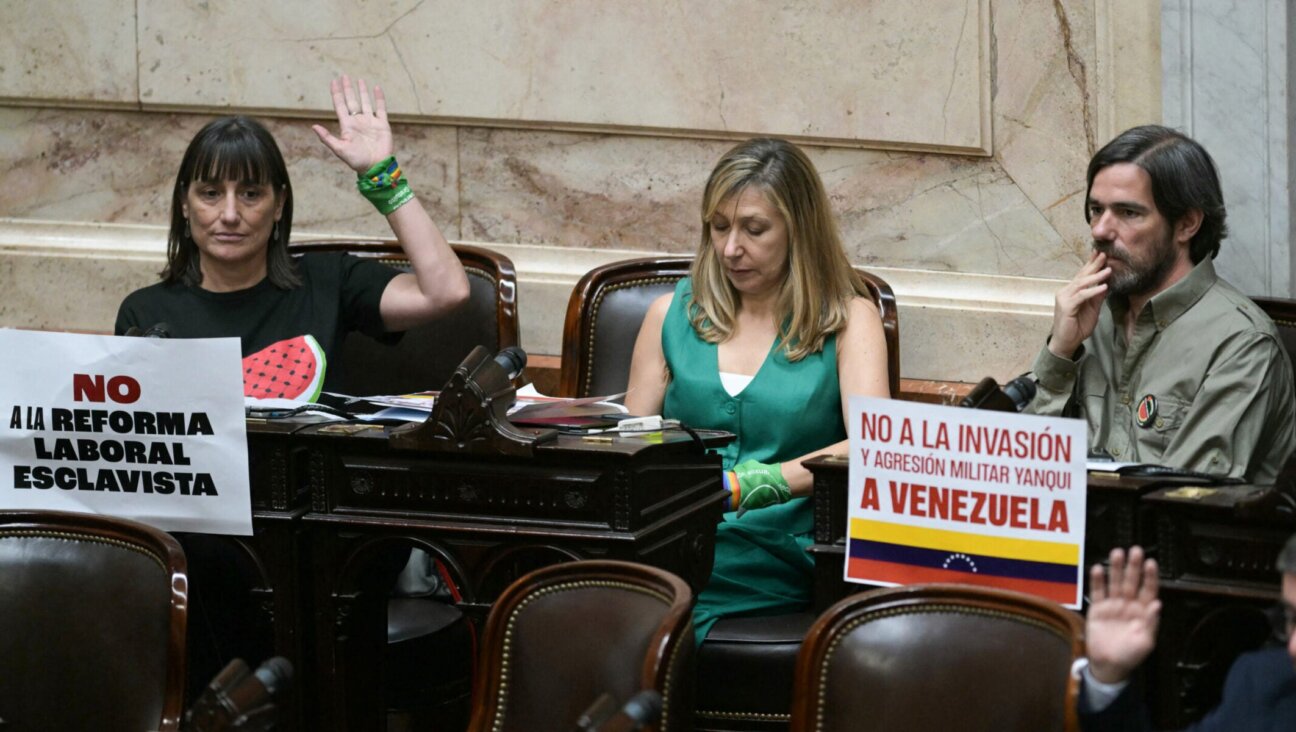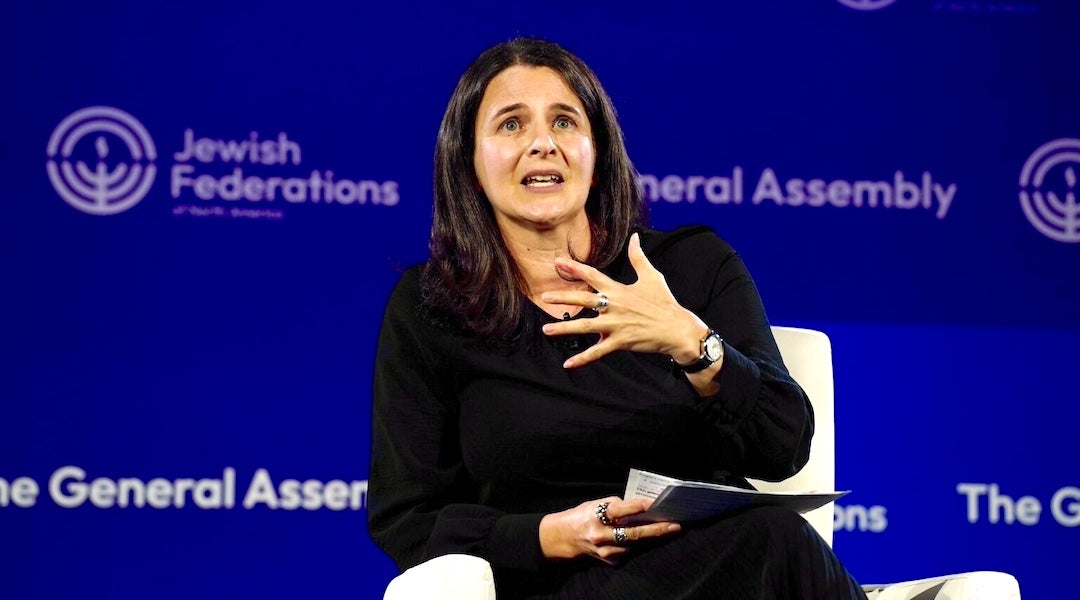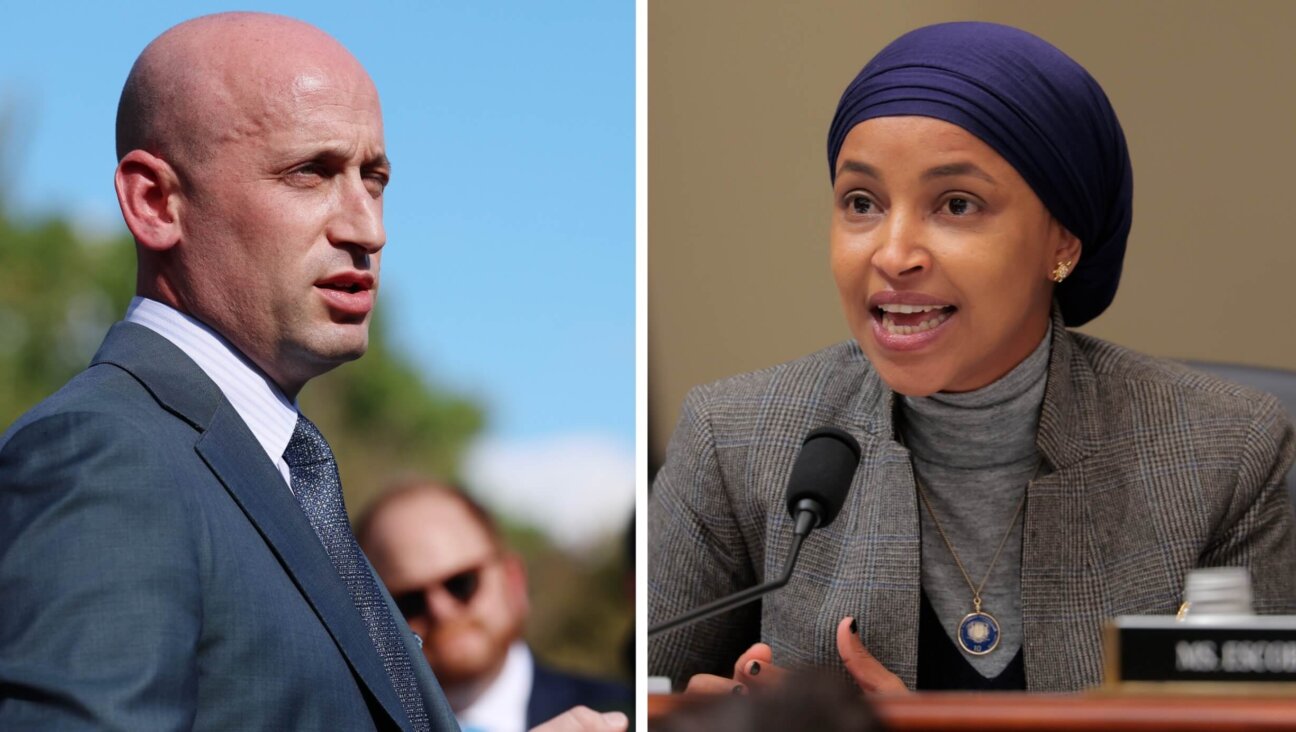In HBO’s new Stephen King series, the Holocaust is fuel for jump scares
A prequel to the movie ‘It,’ the series ‘It: Welcome to Derry’ uses tales of the Shoah to haunt its Jewish character
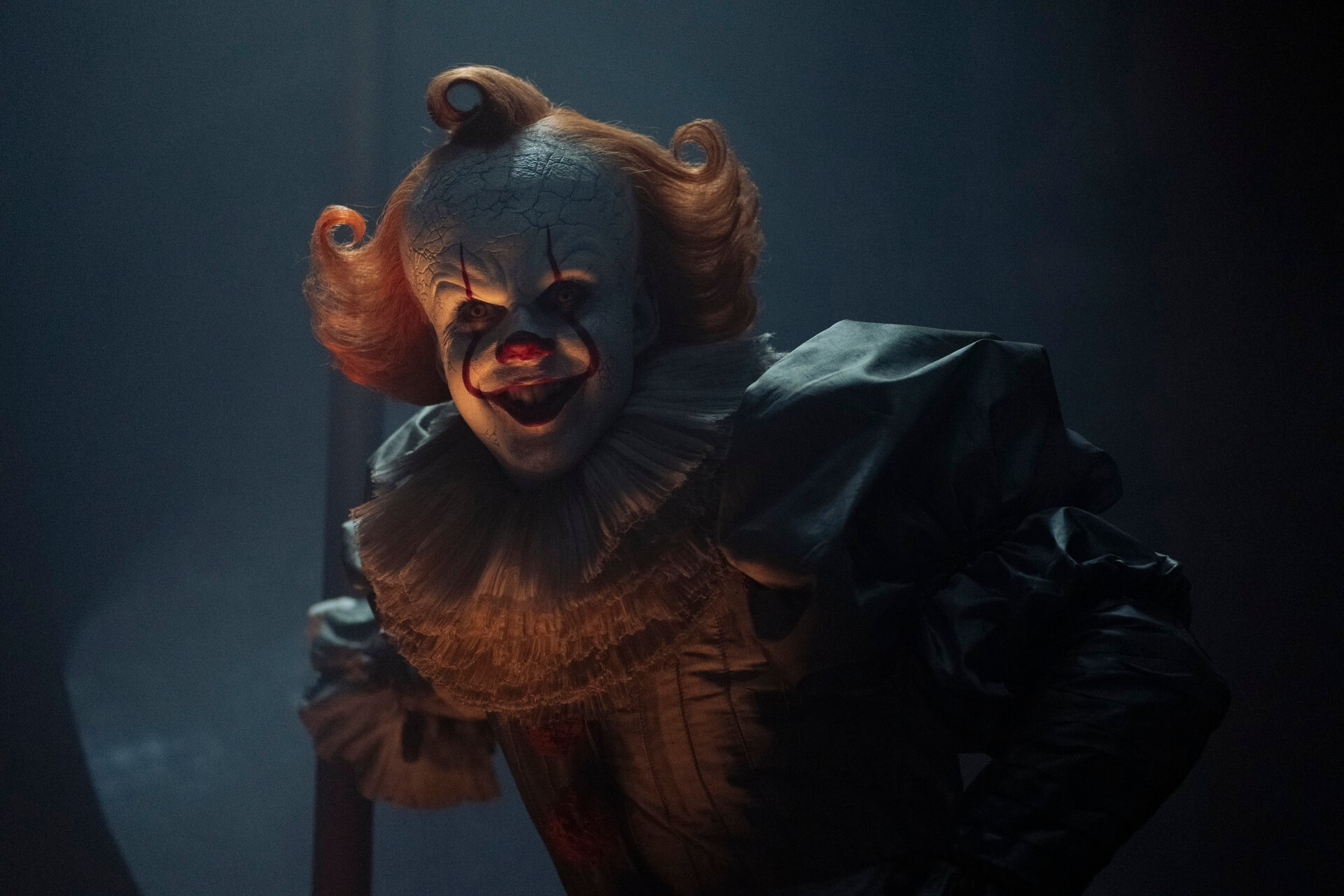
Bill Skarsgård as Pennywise in the series It: Welcome to Derry. Photo by Brooke Palmer/HBO
This article contains spoilers for the first episode of the HBO Max series It: Welcome to Derry.
In the first episode of It: Welcome to Derry, it’s immediately clear that the local high school has a bullying problem. Kids stuff pickle jars in the locker of a girl whose father died in a pickle jarring accident. The Bert the Turtle mascot (it’s set in 1962 after all) is knocked around. But among the bullies stands Theodore “Teddy” Uris, a kinder, more compassionate teenage boy. It may come as no surprise that he’s Jewish.
A prequel to the 2017 movie of It, based on Stephen King’s novel, the series starts with the disappearance of the friendless and abused Matty Clements. Teddy immediately feels guilty, wondering if he could’ve prevented Matty from running away by being nice to him. Teddy’s friend Phil, who is much more interested in spying on female neighbors as they undress, doesn’t understand why Teddy cares.
Jewish men are often painted as less masculine and more sensitive than their non-Jewish counterparts. This is sometimes done derisively, although in Derry, it makes Teddy one of the most likeable characters.
What feels more shocking is the way the show incorporates the Holocaust to torment him, although King’s work has mined the Holocaust for horror fodder in the past, such as in the novel Apt Pupil. The series was developed by Andy and Barbara Muschietti, the brother-sister director-producer team behind It and It Chapter 2, and Jason Fuchs, co-writer of Wonder Woman.
Shabbat dinner at the Uris household starts off normally, with the Hebrew prayers for wine and challah (incorrectly identified as “Yiddish” in the subtitles). Teddy, who is haunted by the idea that Matty is still alive, asks his dad, Rabbi Uris, if it’s possible for someone to be held underground for months. His father chides Teddy for what he thinks is his son’s wild imagination. Rabbi Uris reminds Teddy that his grandparents survived Buchenwald, where Jewish skin was allegedly turned into lampshades.
“We are Jews, Theodore,” he says. “We know better than anyone the real horrors of this world. Reality is terrifying enough as it is. Cut it out with the fantasy.”
That night, as Teddy reads a Batman comic, his lamp begins to turn off on its own. The third time he turns it back on, he is greeted with a lampshade sewn out of groaning faces.
Although the episode is packed with creepy moments — some are so overdone as to verge on parody — this scene feels the most disturbing. You may or may not believe in the two-headed devil baby that flies at us in the beginning of the episode, but the horrors of the Holocaust are very real. Behind the otherworldly spectre of the lampshade is true torture and abuse.
It feels almost exploitative to use the Holocaust for shock value. For many years, claims that Nazis turned the skin of Jewish prisoners into objects were seen as too controversial to discuss. Some feared that the claims were so outlandish, it would give credence to Holocaust deniers. Although it’s not clear if this was a common Nazi practice, at least one lampshade recovered from Buchenwald was confirmed to have been sourced from human skin. Should one really be using the skinned faces of Holocaust victims for a jump scare?
There’s something to be said for how Pennywise, Derry’s resident demon clown, mines the psychology of his victims to terrorize them, and surely the rabbi’s comments about the Shoah affect Teddy’s young mind. But one can point to epigenetic Jewish trauma in other ways.
In It, the Jewish character Stanley Uris (Teddy’s nephew) is haunted in his synagogue by what looks like a surrealist Amedo Modigliani figure. It’s a Jewish haunting in setting and source (Modigliani was Sephardic), but it didn’t play on specific Jewish trauma the way the lampshade does.
Maybe the whole point of Derry is to take things up a notch from its predecessor. It certainly doesn’t pull any punches in the final scene of the episode: Multiple children are brutally murdered on screen, something most shows tend to avoid depicting in detail. The first — and most graphic — kill is Teddy.

